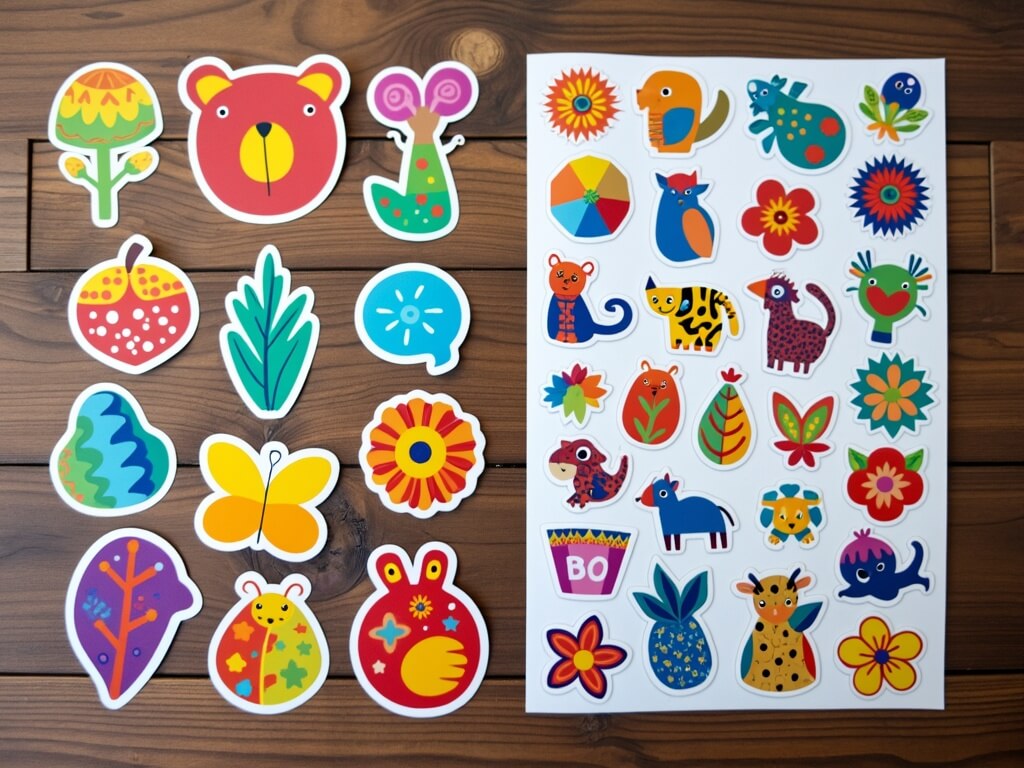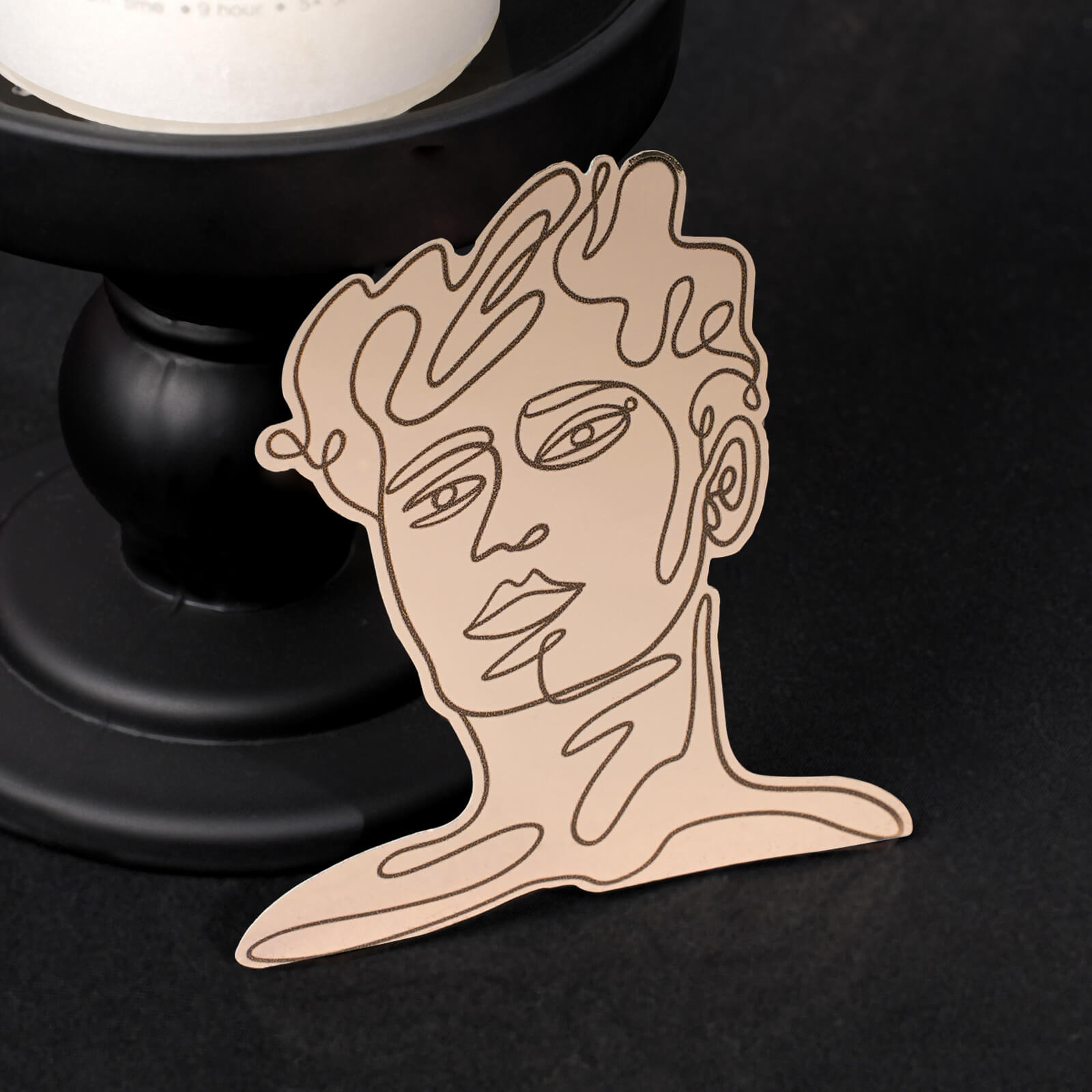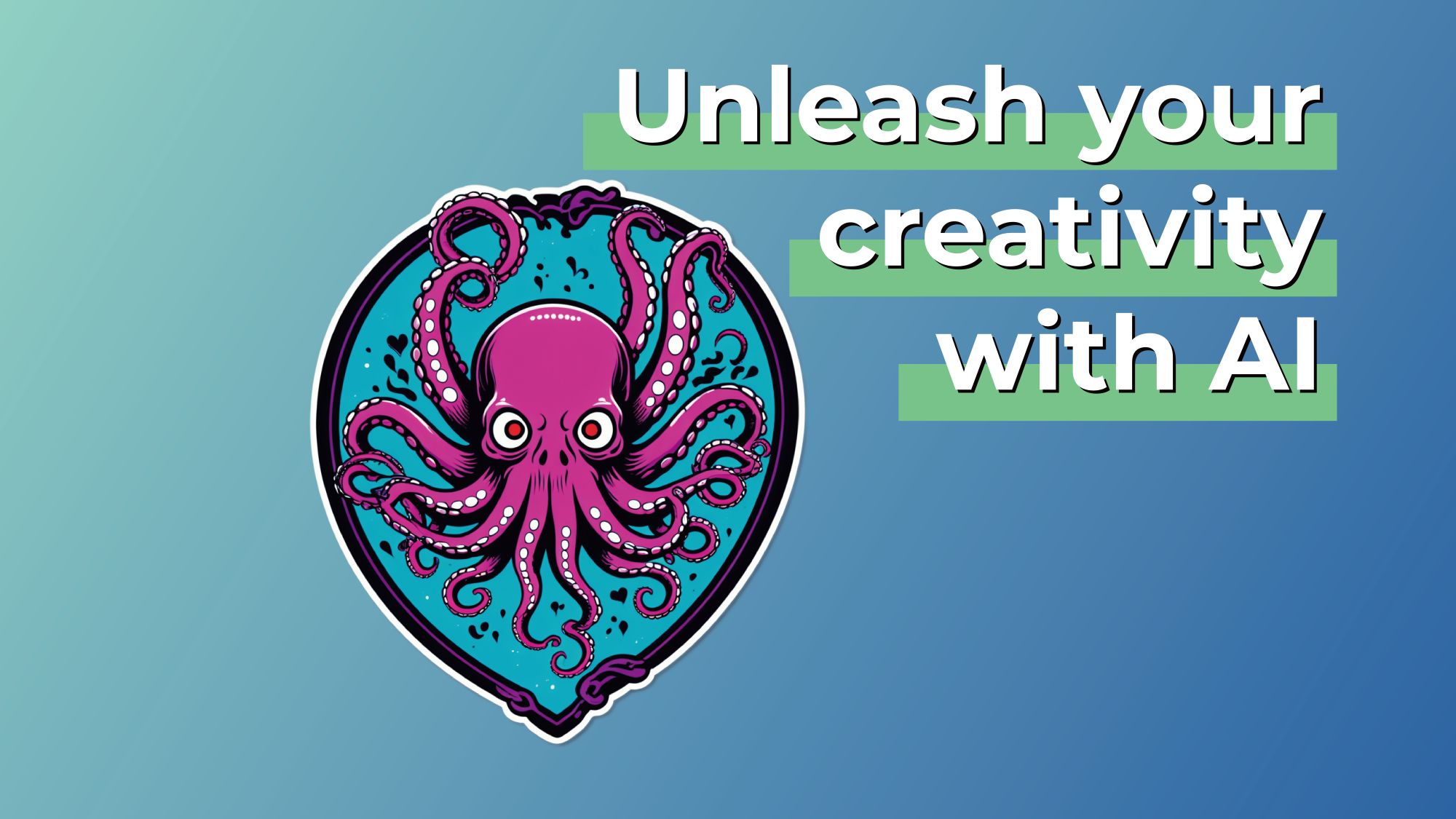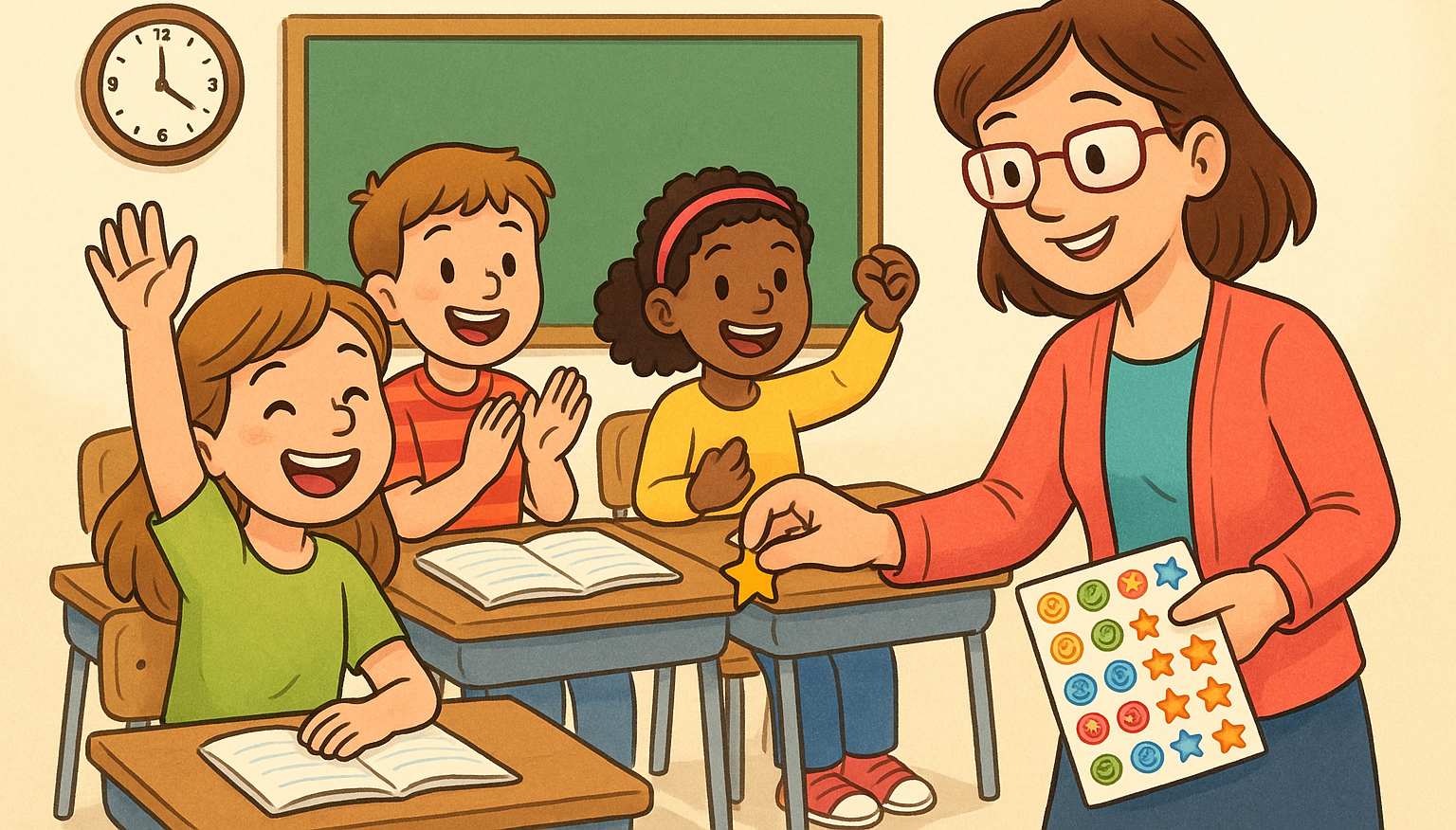
As a teacher, creating a vibrant, exciting, and engaging learning environment is essential. One simple yet powerful tool to help you achieve this goal is using classroom stickers. With custom stickers, you can easily add visual interest to your teaching space, motivate students, and enhance learning outcomes. Whether you're decorating your classroom walls with stickers or using them as teaching tools, these small but impactful items can significantly improve your students’ educational experience. Let's explore creative ways to effectively incorporate stickers into your classroom routine.
Using Stickers to Decorate Walls
Your classroom's visual environment significantly impacts students' mood, concentration, and enthusiasm for learning. Brightly decorated spaces encourage positivity and creativity. Classroom wall stickers can instantly transform dull or plain walls into lively learning areas.
Use stickers for everyday décor or special occasions, such as student birthdays, holidays, or end-of-term celebrations. Personalized wall stickers featuring inspirational quotes, motivational phrases, or educational themes can create a welcoming atmosphere. They also make decorations quick and easy, saving precious preparation time.
Stickers as Teaching Tools
Stickers aren't just decorative; they can powerfully enhance learning across various subjects. Teachers can use custom stickers designed specifically for educational purposes, significantly increasing children's engagement, retention, and curiosity.
Animal Stickers
Animal-themed classroom stickers introduce children to various species, habitats, and ecosystems in an engaging way. Colorful animal stickers can spark children's natural curiosity about wildlife, helping them recognize and remember animal names, characteristics, and habitats. Teachers can create interactive classroom activities, such as matching animals to their habitats or categorizing animals by species, using animal stickers.
Alphabet Stickers
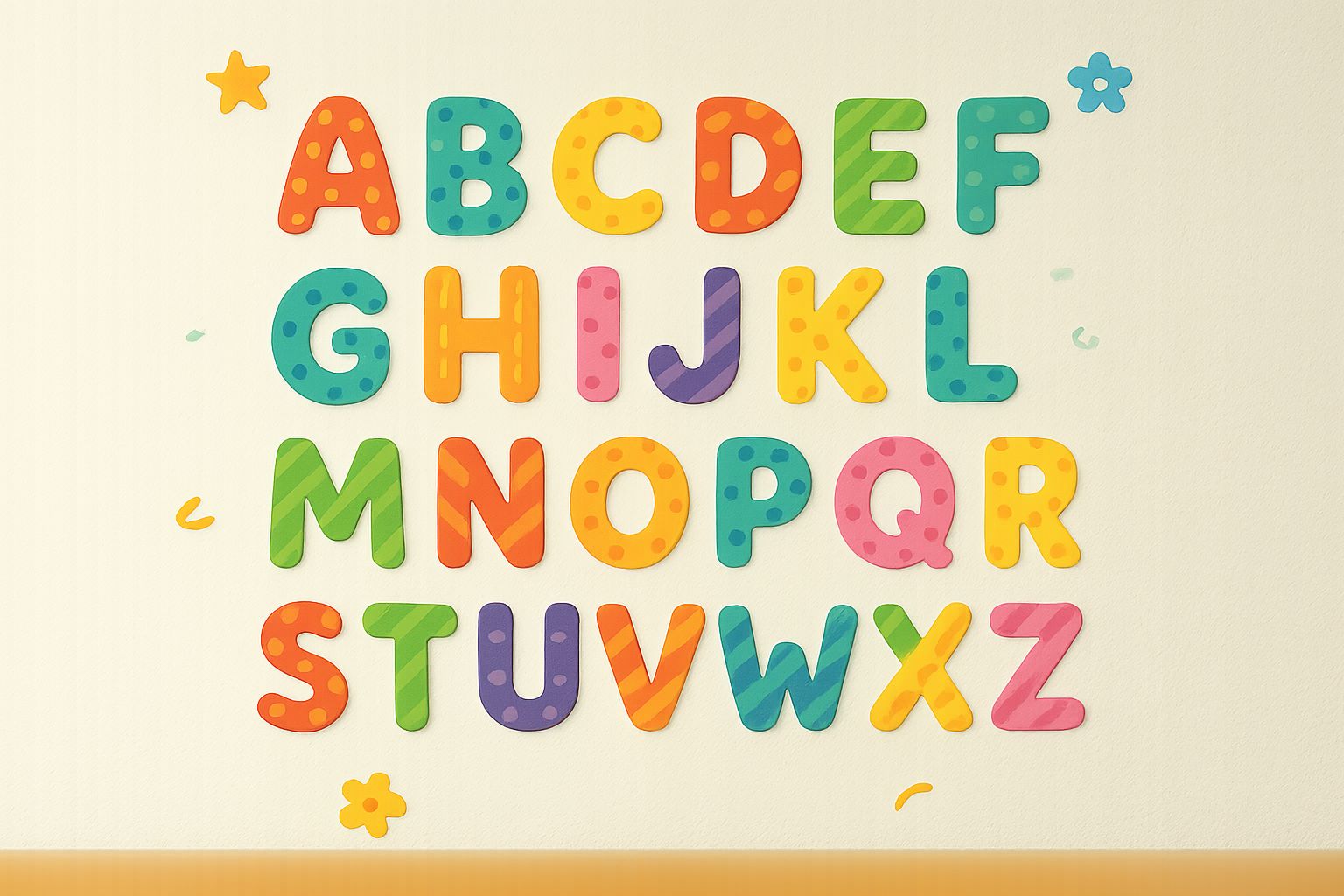
Alphabet stickers are perfect for early language learners, helping students familiarize themselves with letters and spelling. Teachers can have students practice letter recognition, form simple words or names, and even decorate their notebooks with personalized alphabet stickers. These hands-on activities greatly enhance language acquisition, making learning letters fun and memorable.
Number Stickers
Using number stickers to teach mathematics provides students with a tactile and visual approach to learning numbers and basic math concepts. Teachers can create interactive math games or number-matching activities using vibrant number stickers, helping children grasp concepts like addition, subtraction, counting, and number sequences more effectively.
Color and Shape Stickers
Color and shape stickers help young children develop essential perception and classification skills. Teachers can design sorting activities or matching games, guiding students to group stickers by colors or shapes. This hands-on approach ensures children fully grasp these fundamental early-learning concepts, making abstract ideas more concrete and understandable.
Customizing Stickers for Classroom Themes
Custom stickers tailored specifically to your teaching themes make learning more exciting and relatable for students. Whether exploring seasonal changes, holiday traditions, or specific academic subjects, custom-designed stickers greatly enhance lesson engagement.
For example, during autumn, use custom stickers depicting fall leaves, pumpkins, or harvest celebrations. For science lessons, design stickers featuring planets, scientific instruments, or laboratory symbols. Custom stickers allow you to tailor classroom visuals precisely to your teaching goals, increasing student interest and enthusiasm towards learning.
Incorporating Stickers into Group Activities
Group activities and team projects are vital for building collaboration skills among students. Custom stickers can actively facilitate teamwork and create dynamic group interactions. For instance, teachers can distribute different stickers to indicate student groupings or roles within teams.
Stickers can also serve as rewards for cooperative efforts or achievements during team projects. Incorporating custom stickers into group activities encourages positive interaction, motivates students to participate actively, and enhances social skills development, all within a fun and engaging context.
Stickers as Rewards
Using classroom stickers as rewards is an effective motivational strategy, helping students strive toward their academic and behavioral goals. Reward stickers clearly recognize achievement, improvement, or effort, making students feel valued and appreciated.
Simple rewards, such as custom stickers featuring phrases like "Great Job," "Outstanding Effort," or "Star Student," positively reinforce desired behaviors and achievements. Students proudly display these stickers on their notebooks, homework, or personal belongings, further motivating them to continue performing well and demonstrating positive classroom behavior.
Another effective approach is using star-shaped stickers as rewards. You can introduce a star system where students accumulate stars for good behavior, task completion, or participation. The more stars students collect, the greater their recognition, which encourages consistent effort and motivates them to continually strive for improvement.
Stickers for Marking Calendar Events
Classroom calendars provide essential organization and structure for students. Custom stickers enhance calendar interactions, clearly highlighting important events, deadlines, or special occasions.
Teachers can use colorful stickers to mark birthdays, holidays, tests, field trips, or school events. Students can actively participate by placing stickers onto calendar dates, increasing their involvement, awareness, and excitement about upcoming events. This interactive approach helps students develop organizational skills and responsibility, making calendar management fun and engaging.
Stickers as Labels for Items
Organization is crucial for effective classroom management. Custom stickers can serve as practical and visually appealing labels for storage boxes, student assignment trays, art supplies, or classroom library books.
Clearly labeled items help students quickly find materials, maintain organizational habits, and take responsibility for classroom resources. Custom-designed stickers featuring colors, icons, or images make labels easy to identify, especially for younger children, contributing to a smoothly functioning classroom.
Encouraging Creativity with DIY Sticker Projects
Allowing students to design and create their own custom stickers encourages creativity, individuality, and independent learning. DIY sticker projects spark imagination, improve fine motor skills, and foster self-expression.
Teachers can organize sticker design activities, providing blank sticker sheets and drawing materials. Students can create personalized stickers reflecting their interests, favorite subjects, or unique ideas. Such hands-on projects actively engage students, increasing their enthusiasm for learning and boosting their confidence in creative abilities.
Benefits of Using Stickers in Teaching
Integrating stickers into your teaching practices delivers numerous benefits. Here are key advantages classroom stickers provide to enhance your students' overall learning experience:
Inspiring Curiosity
Classroom stickers featuring vivid patterns, intriguing images, and diverse themes instantly capture students' attention. Their visual appeal sparks curiosity, enticing children to explore new concepts, ask questions, and actively participate in lessons.
Convenience
Stickers are incredibly convenient teaching tools, easily incorporated into any lesson or activity. Teachers can quickly apply stickers onto notebooks, textbooks, or worksheets, reinforcing concepts visually. This ease of use simplifies lesson preparation, saving teachers valuable time and effort.
Adding Fun
Learning doesn't need to be monotonous or tedious. Incorporating custom stickers into lessons adds a delightful element of fun, transforming routine activities into engaging experiences. Students are naturally drawn to colorful stickers, making even challenging topics more enjoyable and accessible.
Rewards and Motivation
Using stickers as rewards effectively motivates students, encouraging them to complete tasks or achieve milestones. Reward stickers clearly recognize students' efforts, improving their confidence, self-esteem, and motivation to continue learning and growing academically.
Final Thoughts
When thoughtfully incorporated into your teaching strategies, classroom stickers significantly improve student engagement, motivation, and learning outcomes. Stickers serve multiple roles—from decoration and organization to effective teaching aids and motivational rewards. By creatively utilizing custom stickers, you cultivate a welcoming, engaging, and inspiring classroom environment, ultimately enriching your students' educational journey.
